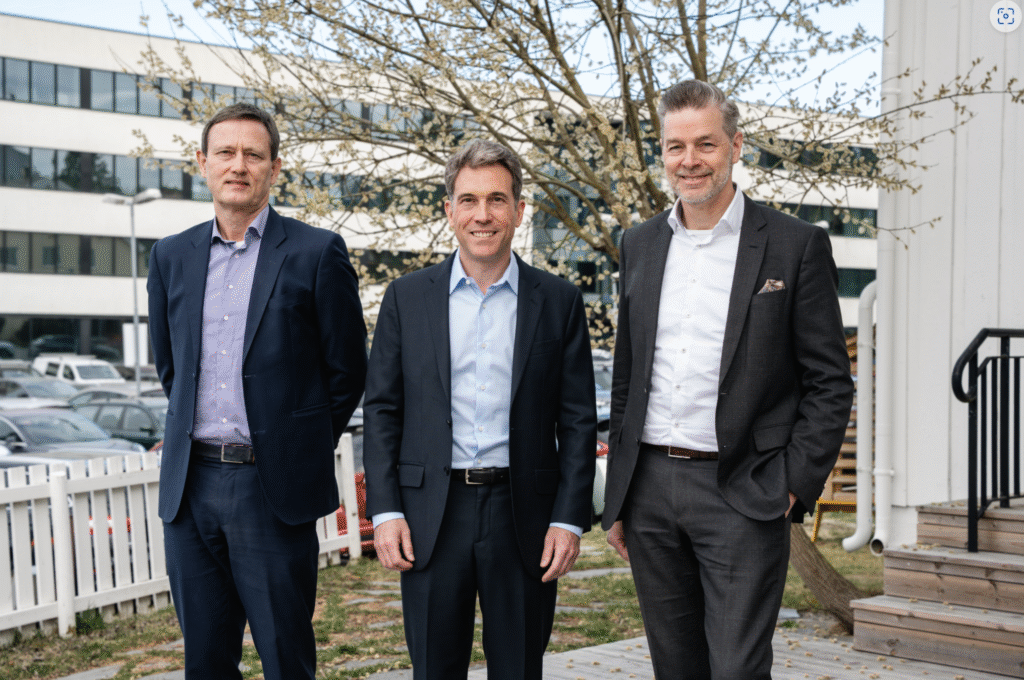Electricity consumption is at a historic high and fast growing. – Never before have we seen a stronger interest in electricity, electrification and whether we have enough energy at the right time. This will become increasingly important in the future as we reduce Norwegian emissions by use of electrification measures, says Pernille Seljom, senior researcher on the subject of energy system analyses at IFE.
Electrification means replacing the burning of fossil energy with electricity – and if that electricity is renewable, this will reduce greenhouse gas emissions. This can apply to several sectors. In the transport sector this could mean changing from fossil fuelled to electric vans. In agricultural industries it could mean replacing the use of ethane with water and electricity in hydrogen production.
Electrification, combined with new, power demanding industry – like battery factories and hydrogen production – will lead to a higher electricity consumption. NVE has calculated that possible new electrification measures in Norway could raise the electricity consumption by 23 TWh. This is the equivalence of about 18 % of Norway’s yearly electricity consumption, or the building of 46 new wind power plants, 575 new large scale solar systems on commercial buildings or 33 medium sized hydro-power plants.
This transition will also require increased flexibility. Flexibility is the energy system’s ability to adapt to variations and insecurities in connection with production and consumption of energy. Historically Norway has based this flexibility on large water pools in order to adapt to consumption changes, that have been mostly weather driven. In the future we will see new, flexible solutions; like production of green hydrogen when there’s a solar energy surplus. Usage can also be flexible, as in using energy at more favourable hours of the day (for instance charging the electric car overnight).
Flexibility will be required in all sectors, particularly when the sectors are merged closer together in order to achieve the most cost efficient transition possible. Production of solar energy can influence the transport sector etc. We are talking about a rather comprehensive and complicated energy system and robust mathematical models are important in order to understand the connections between the different parts of this large energy system.
At IFE we conduct research on the transitional needs of the energy system in order to achieve electrification and other climate measures, says Seljom. The research project ASSETS has further developed mathematical models to analyse a cost effective development of the energy system and mapping the need for flexibility, necessary in the weather-dependent production and demand.
The private consumer wants to be assured they have access to the necessary energy to ensure enough light and heating etc. in their home. Will we have enough electricity at the right time? Yes, thinks Seljom, if we achieve flexible solutions that ensure the energy system can adapt to changes and uncdrtainty regarding production and end usage. This requires solutions that see the energy system as a whole, with insight into different sectors and an understanding of the interaction between different technologies and energy carriers.
Pernille Seljom, Senior researcher at IFE, participated in the Energy Research Conference 2021 with a lecture on electrification and flexibility. Read more about the ASSETS project.



